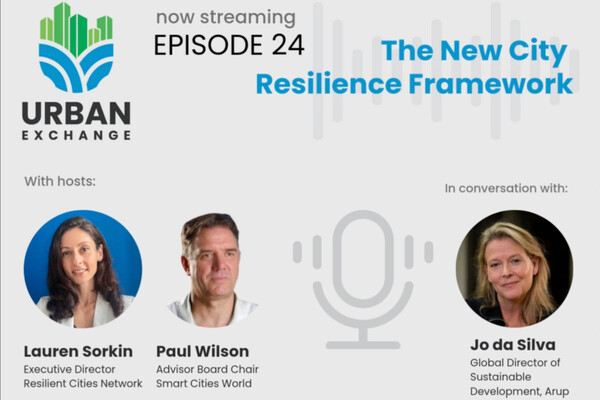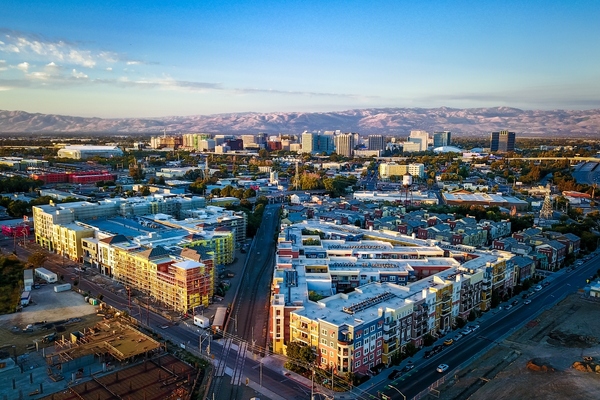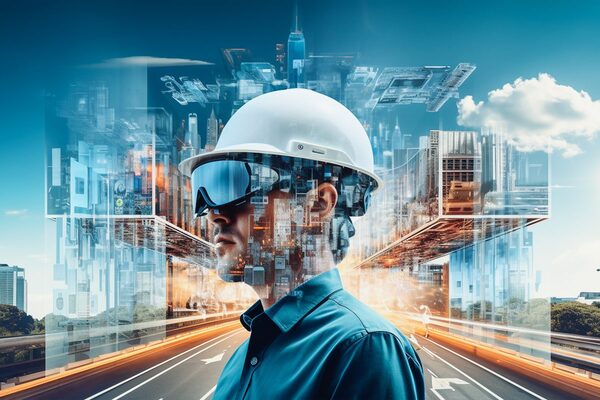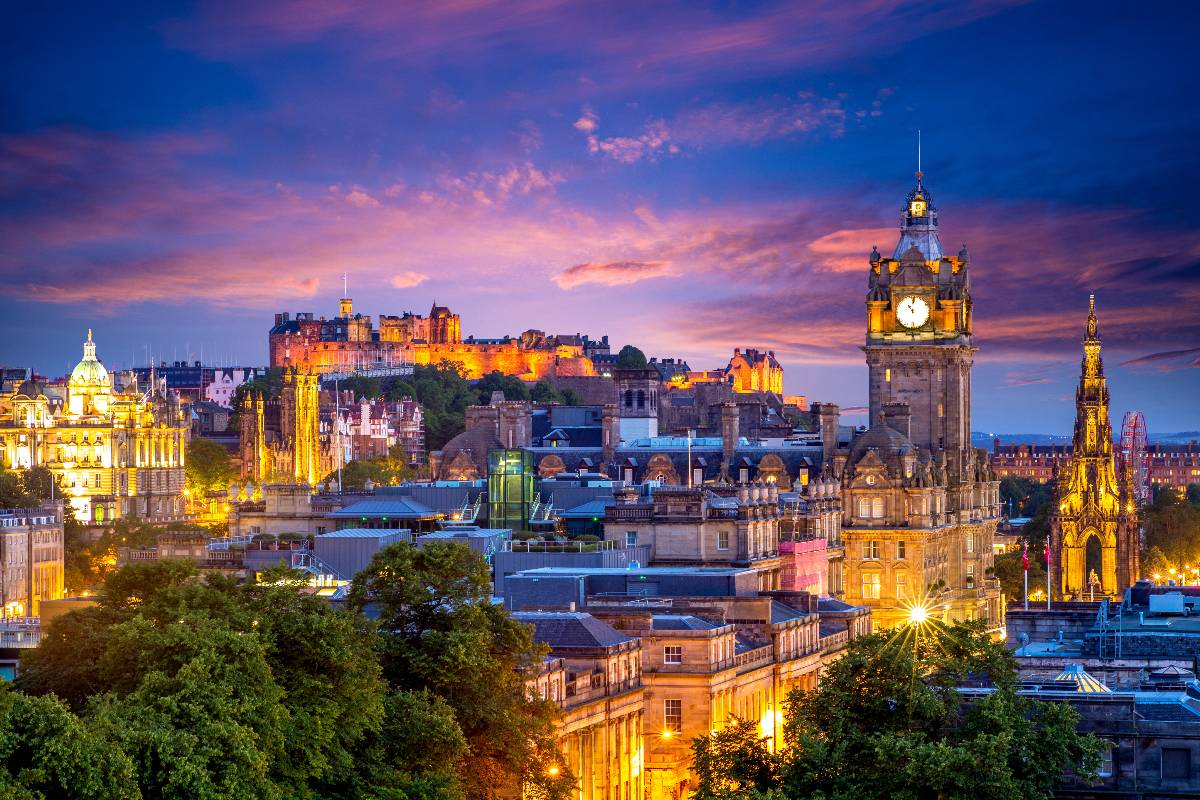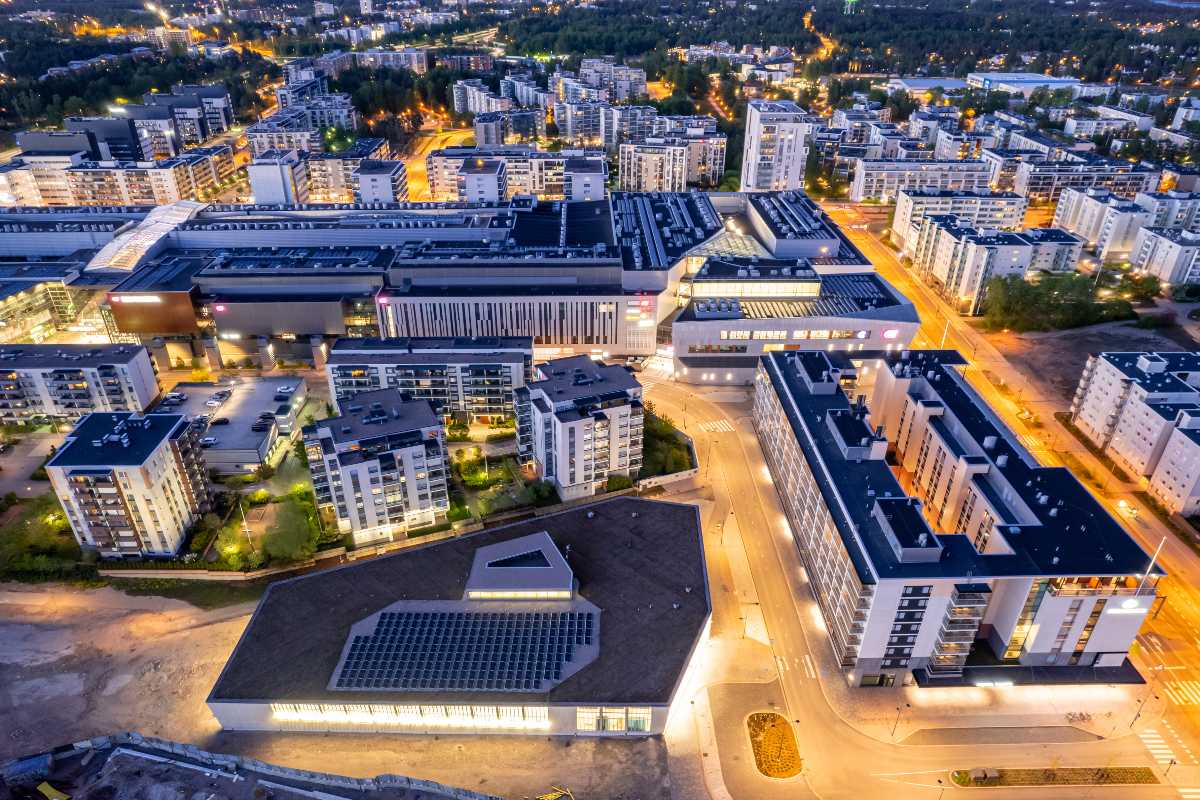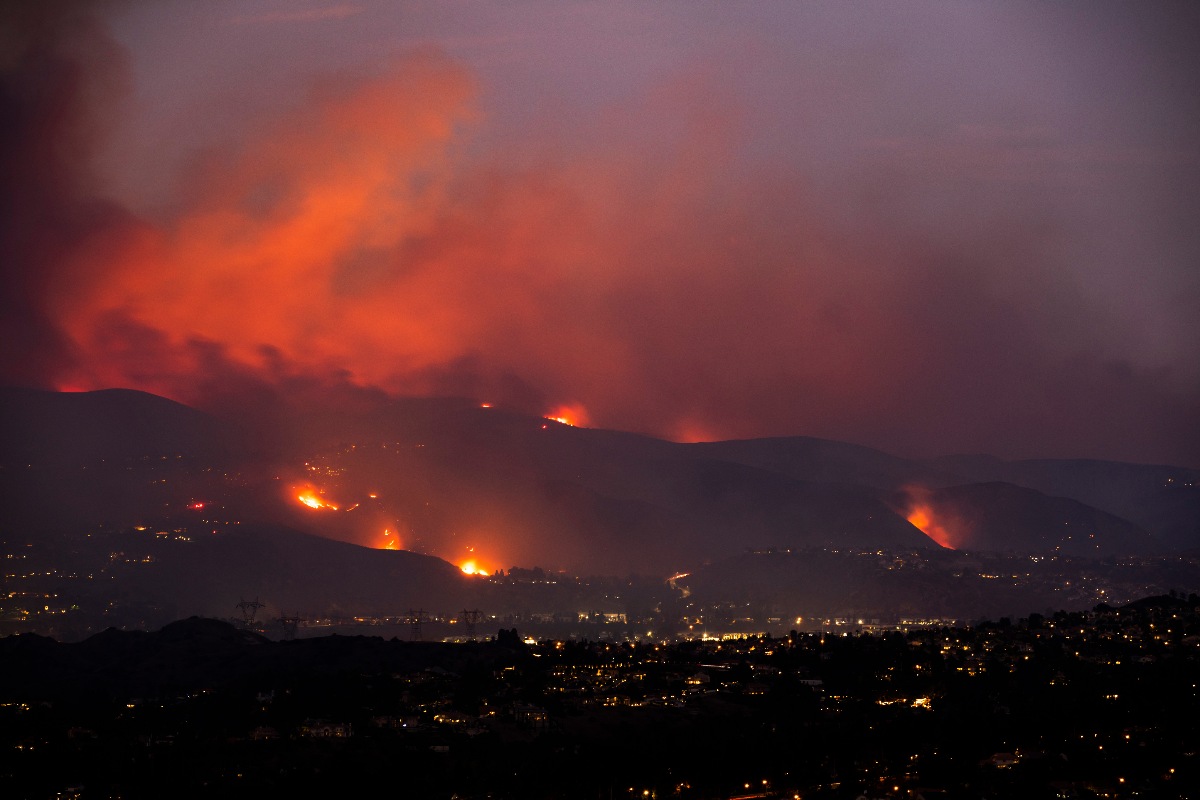Special Reports
SusHi Tech Tokyo 2024: experience ‘Tokyo 2050’ todaySponsored by The SusHi Tech Tokyo 2024 Showcase Program Executive Committee
Humanising the energy transition: Diversity and creativity as sources of innovation
The new challenges of the transition to green energy demand new ways of thinking, says, Elena Bou, InnoEnergy, and that requires attracting a more diverse range of people into the industry.

Back in the 1970s, numerous international aid organisations decided to tackle a huge sustainable energy issue. They wanted to find a new solution to the inefficient, hazardous and polluting cooking methods which were the only option for millions of people in the developing world.
This issue affected women the most, as they did around 90 per cent of the cooking. It wasn’t until the planning process involved those very same women that sustainable innovations and solutions began to be found.
A campaign to redesign the Jika cookstove, widely used across East Africa, took a huge leap forward when women’s groups in Kenya suggested changing its shape from a bucket to an hourglass. This made it far more stable and much safer.
People-led innovation
Innovation – in the green technology sector and everywhere else – doesn’t happen in a vacuum: it’s not about sitting alone in a lab. It is all about people: their wants, needs and challenges. And it happens when we bring people together who have different experiences, backgrounds, problems and questions – and listen to them.
But how is the green energy and sustainable technology workforce responding to this need for diversity? Research still shows a shocking lack of women in key decision-making positions around energy.
Innovation happens when we bring people together who have different experiences, backgrounds, problems and questions – and listen to them.
A recent study commissioned by the European Parliament’s Policy Department for Citizens’ Rights and Constitutional Affairs at the request of the FEMM Committee found a "significant gender gap in the number of women in positions in both public and private sectors (including civil society initiatives) to influence the energy transition".
Historically, the energy industry has often neglected women’s needs, point out Rebecca Pearl-Martinez and Jennie C. Stephens in their community essay, Towards a gender diverse workforce in the renewable energy transition. Inefficient systems then put a greater burden on women’s lives, and the cycle of poverty continues.
Taking the lead
It’s now vital that the sustainable energy sector takes the lead in ensuring that women have an equal voice driving the sustainable power ideas and innovations that will affect their futures: diversity doesn’t happen by accident.
There are many different ways we can do this. Encouraging participation in STEM (science, technology, engineering and maths) subjects at an early age, for example, as well as introducing quotas at board level, and ensuring that female role models are front and centre. At InnoEnergy, for example, 25 of the start-ups we support are headed by female entrepreneurs.
But diversity, of course, is not just about gender parity. True diversity means encouraging people from different cultures, age groups and educational backgrounds, and people who have physical and mental disabilities, into the energy sector.
It also means looking beyond traditional science-based backgrounds. The European Association of Social Anthropologists, for example, brings together anthropologists involved in energy research.
Innovation booster
Research consistently demonstrates that a diverse mix of employees boosts innovation across sectors.
A recent study of by the Boston Consulting Group, which looked at 1,700 different companies in eight countries, found that those with a more diverse management team had innovation revenue 19 percentage points higher than the companies which had below-average leadership diversity.
True diversity means encouraging people from different cultures, age groups and educational backgrounds, and people who have physical and mental disabilities, into the energy sector.
Perhaps that’s because their diverse workforce is more familiar with the many challenges that consumers face when using a new solution: they are more aware of the Consumer Readiness Level (CRL), rather than just Technology Readiness Level (TRL).
As the report points out: “Nearly half the revenue of companies with more diverse leadership comes from products and services launched in the past three years. In an increasingly dynamic business environment, that kind of turbocharged innovation means that these companies are better able to quickly adapt to changes in customer demand.”
The new challenges of the transition to green energy demand new ways of thinking. And if we want to find those new ideas, thoughts and sources of sustainable power, we have to look beyond traditional decision-making and encourage new talent and voices to join the green energy transition.
You might also like:






